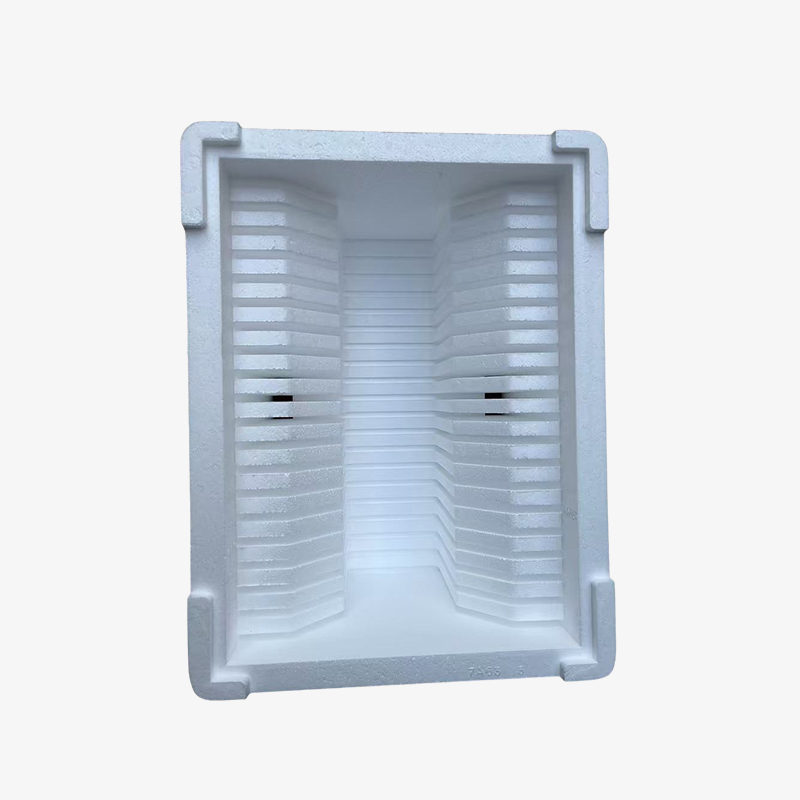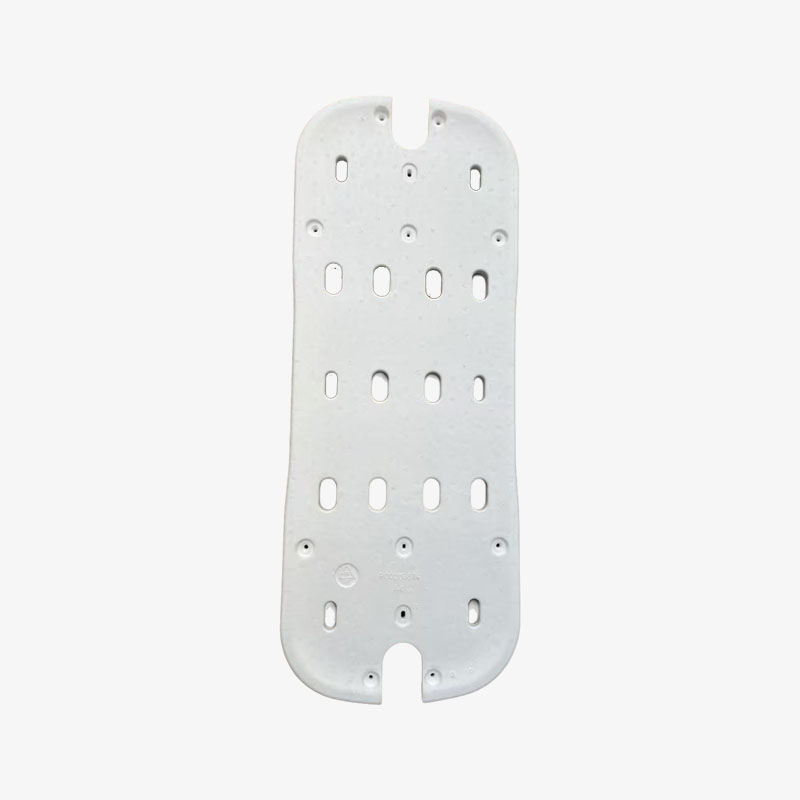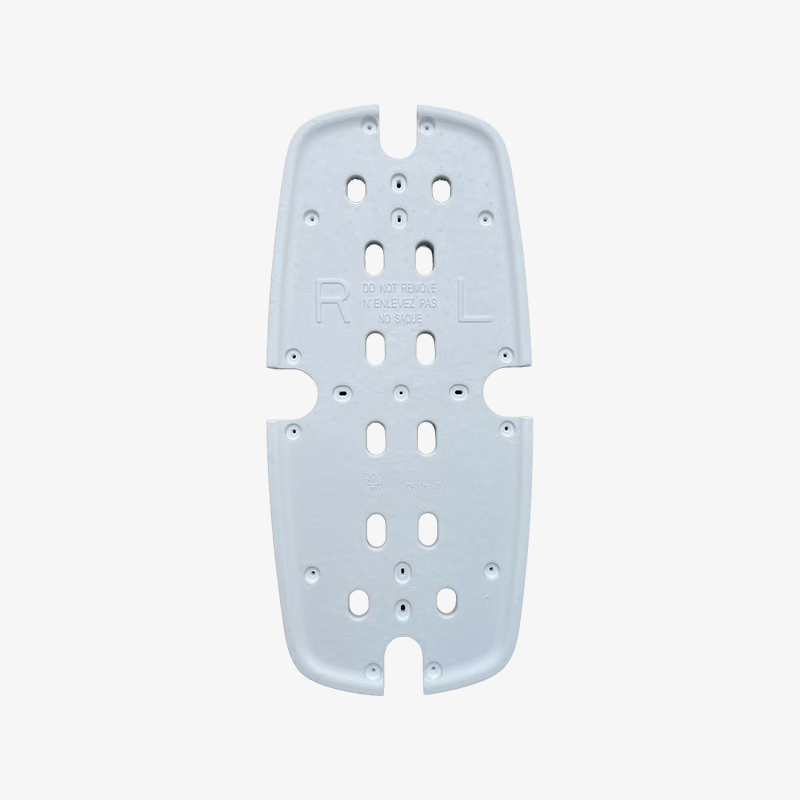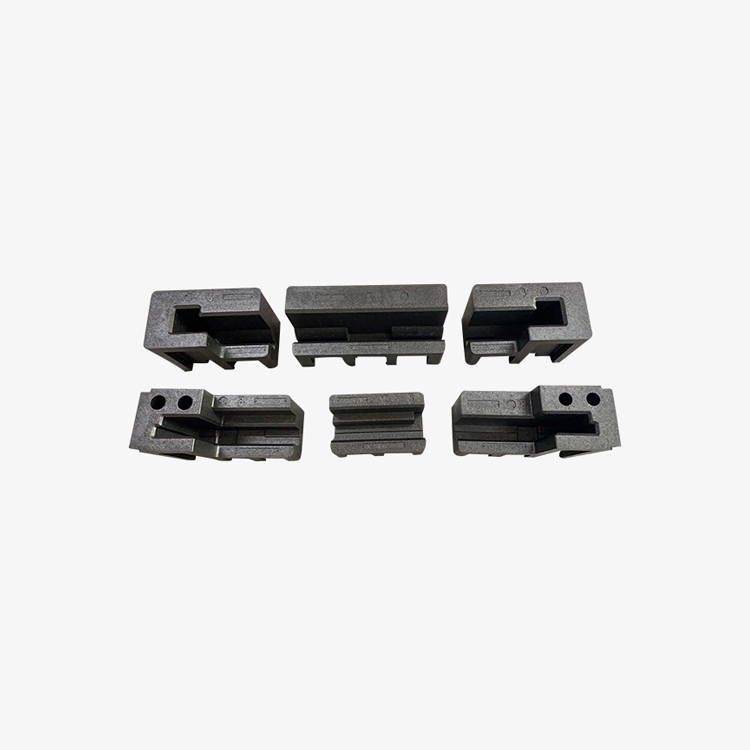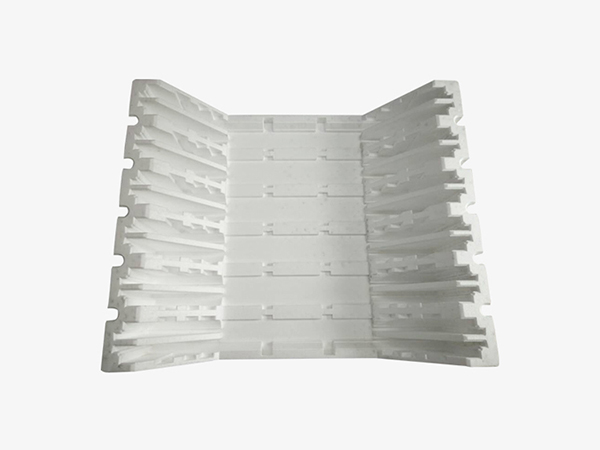
TONYOUNG Plastic PackagingEPS、EPE、EPP、EPO
Professional packaging material manufacturer
- Home
- About
-
Column classification navigation
View more +About TONYOUNGOur company was founded in 1985 and is a professional manufacturer of packaging materials. Meanwhile, with the growth of the global information industry, our company's business performance has also been increasing year by year.
-
- Product
-
Product classification navigation
View more +Recommended products
-
- Case
- News
-
News classification navigation
View more +Hot News2025-01-17Dongyang EPP is the abbrevia...2025-01-17Dongyang EPS is polystyrene ...2025-01-17EPE, It refers to foamed pol...2025-01-17EPS packaging is very common...
-
- Contact
-
Column classification navigation
View more +Contact DongyangWelcome to the "Contact Us" page. Your visit is a sign of support for us, and we sincerely welcome your visit! Dongyang impresses customers with its excellent technology and sincere service.
-
